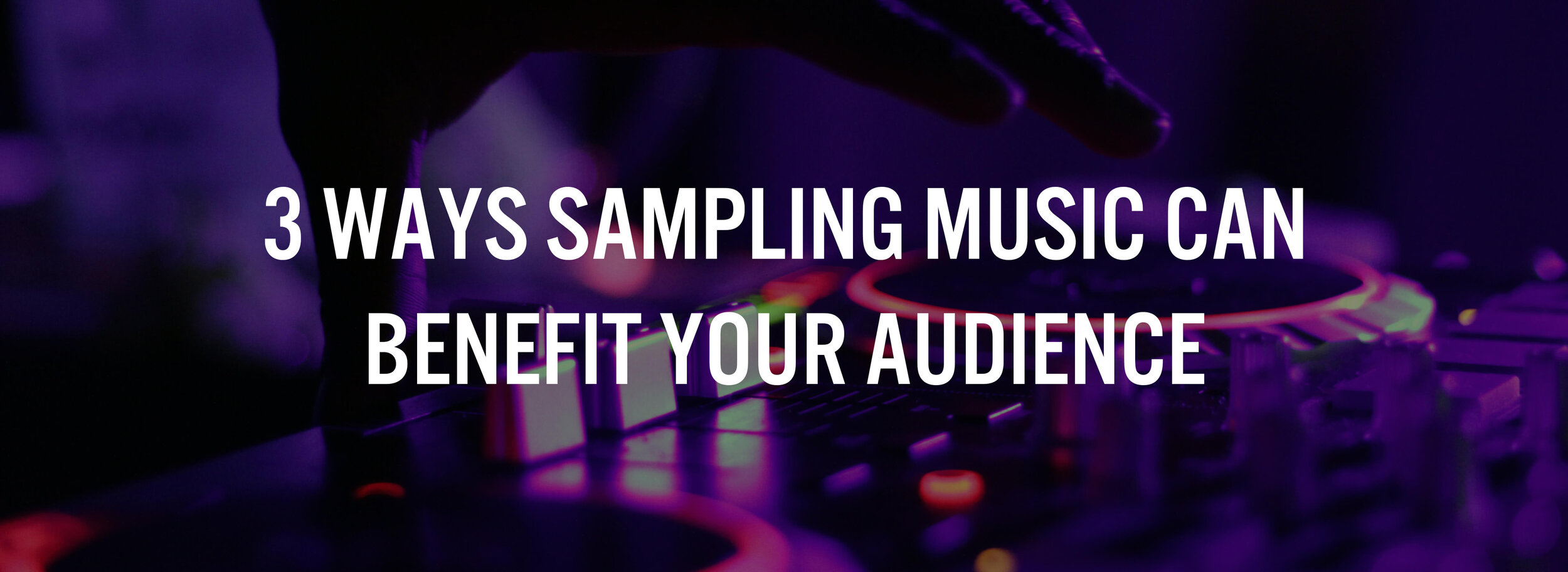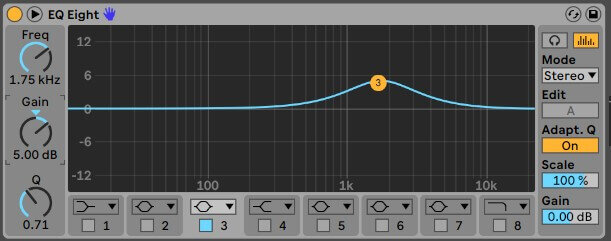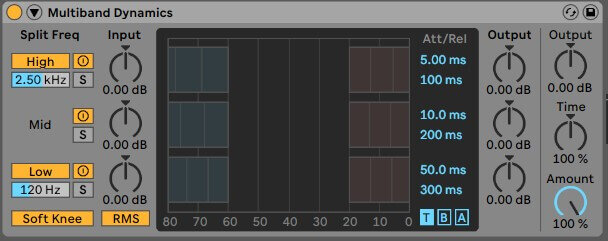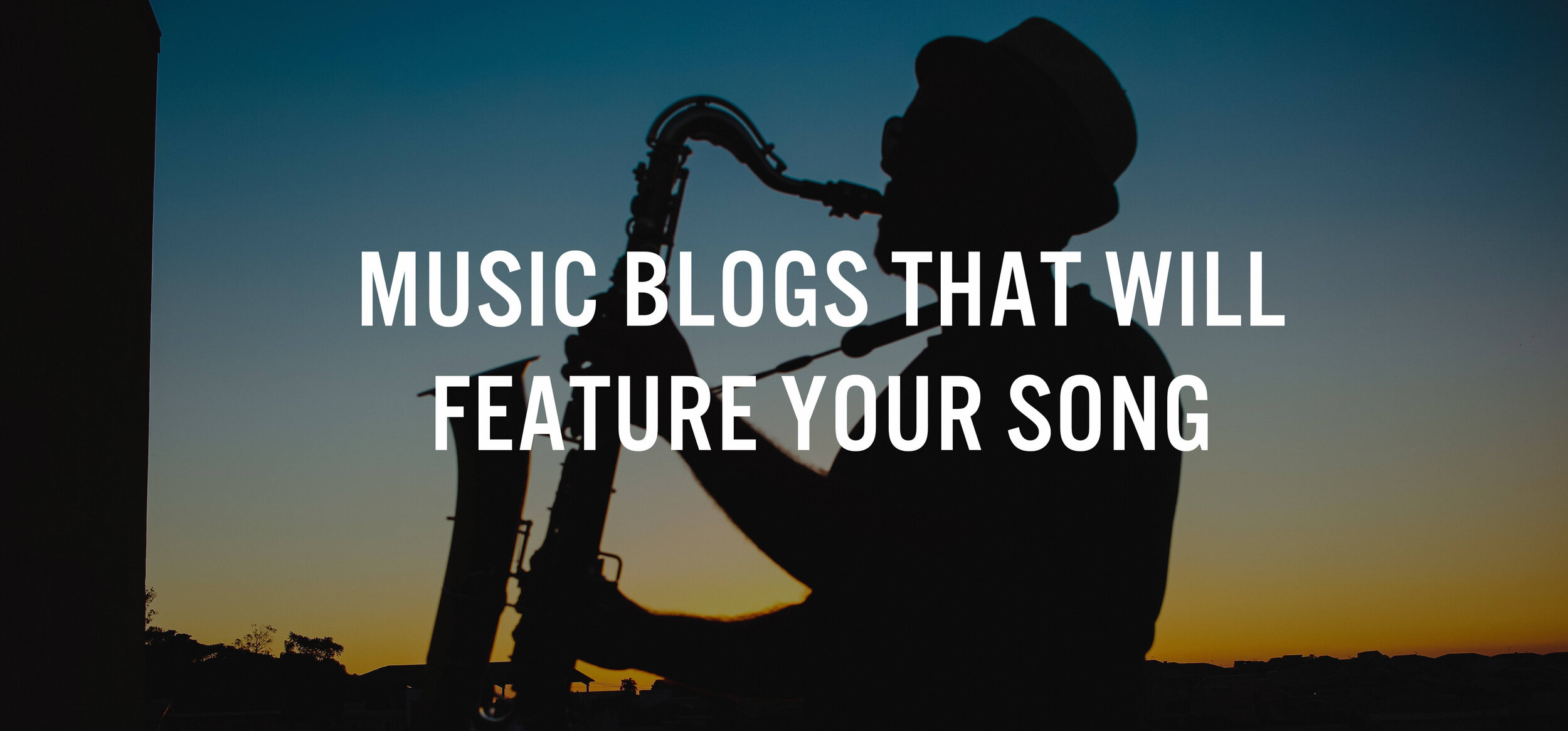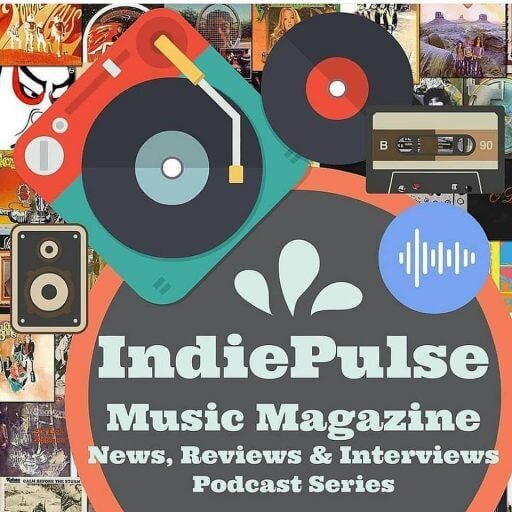Many people overlook how producers creatively sample music, melodies, or even unusual sound effects to create a whole new unique piece of work. However, some music fans have a different take and instead look down on music samples used today as being unoriginal. There is a long history of samples being used in music (with examples arguably found all the way back in 1940!). Sampling can still be used creatively by artists and producers in ways anyone is able to love. Here is a shortlist of some of our favourite sampling techniques and why we think sampling should be here to stay.
1. Old Music Samples help Introduce younger people to old music
Personally, I can’t count the number of times I ran into a song and just had to look up the sample and ended up falling in love with the original artist. Many mainstream artists use hooks or background vocals from famous songs from the past that the youth might never get introduced to otherwise. In a blog by LANDR, it was made clear just how prevalent sampling is even as far back as the use of Ancient Greek chorus and verses.
Artists also use samples to pay homage to their history. For example, Kanye’s west song “Blood on the Leaves” uses chorus vocals from Nina’s Simone's song “Strange fruit”. The song is an eerily dark reminder of the suffering Black Americans faced during Jim Crow which was renewed to appeal to the present and pass on its importance to younger listeners.
Blood on the leaves - Kanye West
Producers: Kanye West, Ross Birchard, Elon Rutberg, Malik Jones, Tony Williams, Cydel Young, Mike Dean, Lewis Allen
2. Producers can creatively create a new song from samples
Once I found out about music sampling, listening to song samples that sound completely different from the original song amazed me. Producers can get very creative while making music through sampling. They utilize production techniques to chop and screw, mix, loop etc. to create a new song as the use of microsampling.
The YouTube video “What is MIDI” by LANDR, goes over MIDI (Musical Interface Digital Interface) which changed modern music profoundly with technology.
Many hip hop artists have perfected this art of sampling such as Kanye West, Timbaland, Daft Punk, Pharrell and more. What’s great about this software is how more simple it makes the production process. If you aren’t familiar with production software, Jony Studios is a great service to help you with your recording, editing and mixing as well!
Blurred Lines- Robin Thicke (sample Marvin Gaye’s Got to Give it up)
Producer: Pharrell Williams
3. Appreciation for different cultures
A lot of popular songs in pop culture actually take influences from cultures which connect music lovers around the world. During this digital age, through social media, the globalization of music is greater than ever as more music becomes available to use with permission. For example, Justin Timberlake's “What Goes Around Comes Around” which was produced by Timbaland and Danja samples a Yemeni Folk song. An article by ArabNews praises how more foreigners find a new appreciation for Arab Music as a result of sampling.
Artists like M.I.A can also sample music to pay homage to their own culture such as she did in her song ‘Jimmy’ which was sampled by a Bollywood song by Parvati Khan.
What goes around comes around - Justin Timberlake
Producer: Waylone Jennings, Richie Albright
Conclusion
Sampling in the future will likely become more unique and interesting as streaming services become more global along with increasingly advanced music editing software. Everyone loves timeless music with hooks and melodies that people loved years ago or miles away that will be loved by new audiences when transformed through production.
Do you think completely original songs are the only way for artists to be creative? Let us know what you think below.
If you need further help creating your own music, we offer audio production and video production services that will help you elevate your sound and bring your song to life!
We look forward to being a part of your success.
Contact us here to get started.


